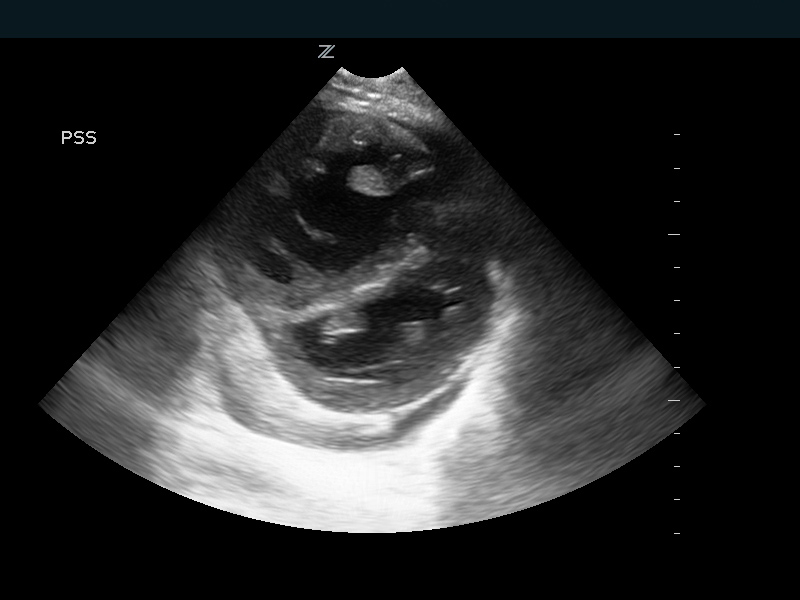Kinjal Sethuraman, M.D., M.P.H., Assistant Professor, Department of Emergency Medicine at the University of Maryland SOM and Associate Director of Hyperbaric Medicine at R Adams Cowley Shock Trauma Center, presents the weekly multi-departmental critical care fellows’ lecture on ”An Introduction to Hyperbaric Oxygen.”
Lecture Summary by Dr. Jason Nam
What is it
- Patient breathes in 100% oxygen under a pressurized environment (>1 atm).
- Primary treatment for some disorders (like CO toxicity). Adjunct to surgical or pharmacological intervention for other disorders.
Indications
- CO decompression illness, arterial gas embolism, arterial insufficiencies, compromised skin grafts/flaps, gas gangrene, acute SNHL, NSTI, and acute trauma (like threatened compartment syndrome)
- There are also non-emergent indications like diabetic wounds, delayed radiation injury, refractory osteomyelitis.
- Can also be used for critically ill patients on MV.
History
- Used in 1800s- compressed air. For a variety of ailments. By 1930s, we added oxygen. Started Navy dive tables. 1960s- used first time for CO toxicity. Boerema did much of the pioneering research on exsanguinating pigs at increased pressures.
- Used caissons for bridge building. Decompression sickness or the “bends.”
How does it work
- HBOT- under pressure. Oxygen- dissolved in plasma after all Hb saturated.
- Henry’s Law- how much gas that can be dissolved in a liquid is directly proportional to the pressure exerted on that gas. Based on volume pressure relationships to get increased oxygen to the body.
- Pressure + oxygen- free radical generation? Oxygen dependent killing of bacteria. It is periodic and controlled.
Absolute contraindications
- Untreated pneumothorax, concomitant treatment with doxorubicin or bleomycin, unacceptable risk for patient safety
- Relative contraindications- uncontrolled HTN/CHF, large blebs, claustrophobia, pregnancy.
Complications
- Barotrauma, complications related to oxygen
- Patient complications- anxiety, claustrophobia
ICU relevant issues
- Vent management- we only use pressure control here. Servo 900C. Sedation is very important. So patient is not fighting the vent.
NSTI/GAS
- There is a hypoxic cascade mitigated by HBO
- Killing bacteria requires oxygen
Cases
- CO toxicity
- Bypass patient with every possible complication from HBO; all her neuro/CNS deficits ended up resolving
- AGE after diving and then immediately flying
- Flaps
- Central Retinal Artery Occlusion (CRAO)
- Diabetic wound
- Frostbite
- Radiation injury- soft tissue necrosis
References
- Thom, Stephen R. “Hyperbaric oxygen–its mechanisms and efficacy.” Plastic and reconstructive surgery 127.Suppl 1 (2011): 131S.
- Thom, Stephen R. “Oxidative stress is fundamental to hyperbaric oxygen therapy.” Journal of applied physiology 106.3 (2009): 988-995.
- Hampson, Neil B., et al. “Practice recommendations in the diagnosis, management, and prevention of carbon monoxide poisoning.” American journal of respiratory and critical care medicine 186.11 (2012): 1095-1101.
Uploaded by Sami Safadi, MD



